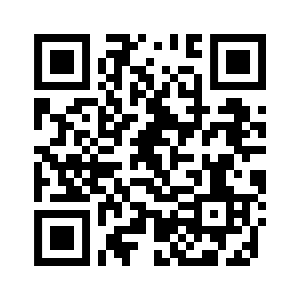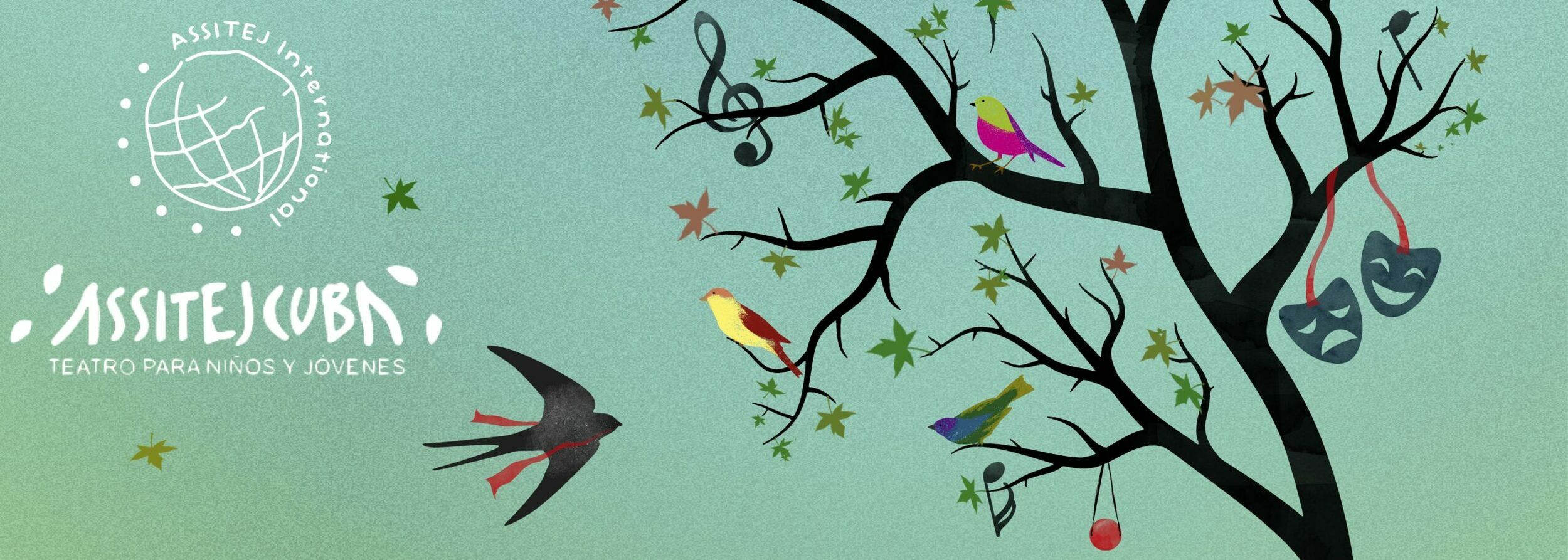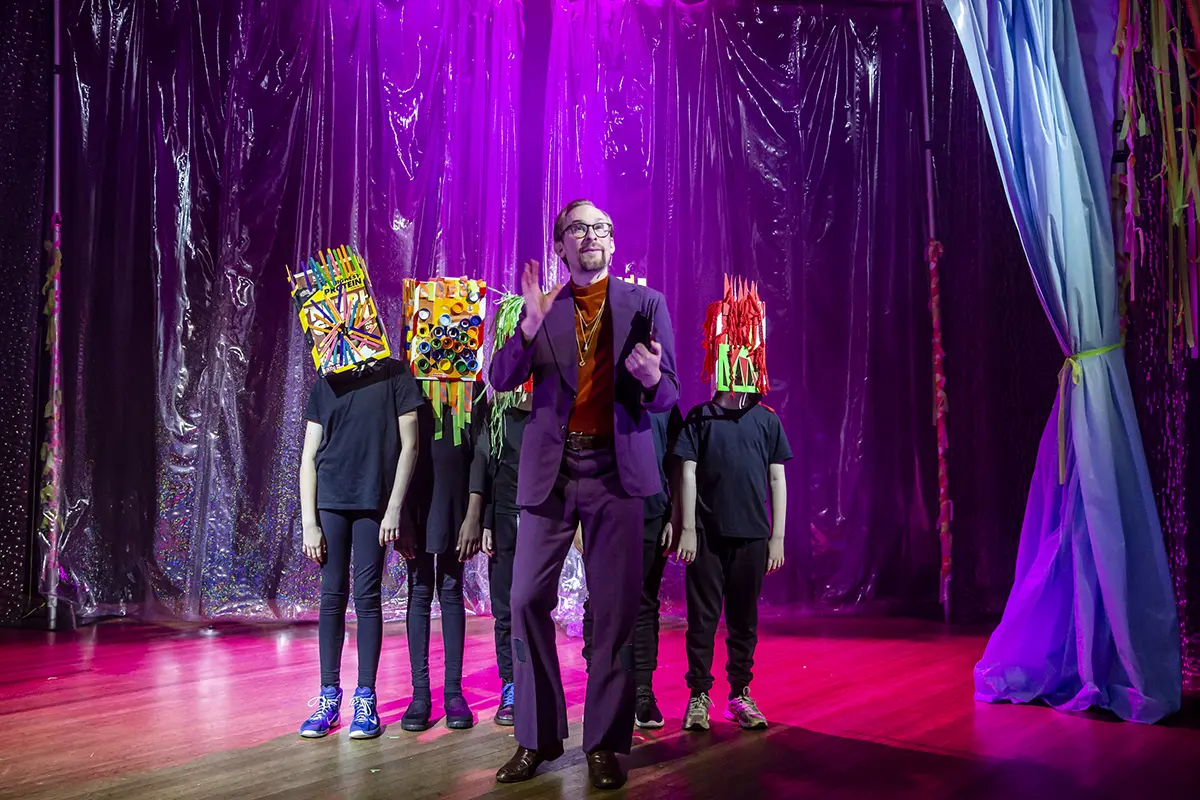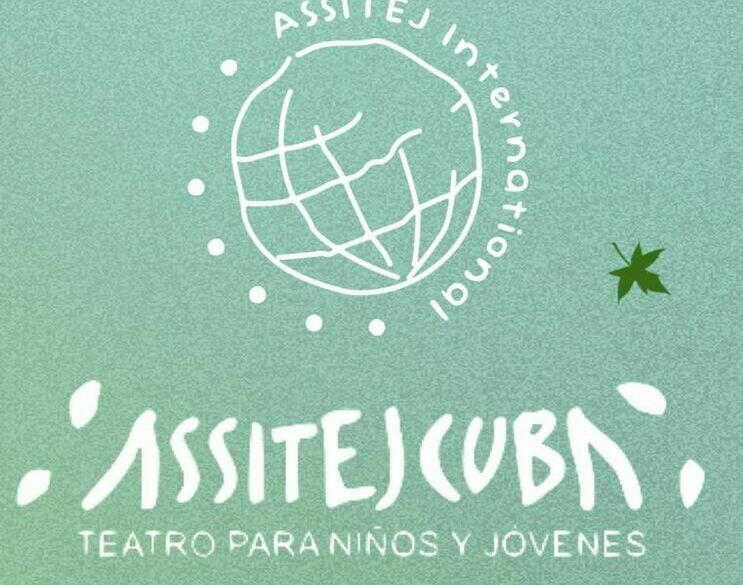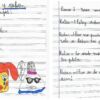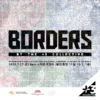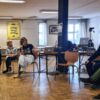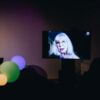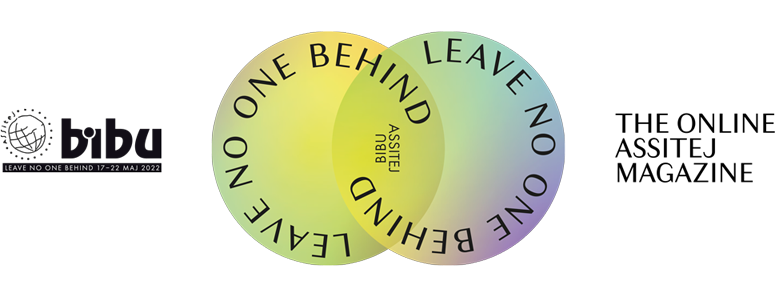Dr Sarah Austin
Growing understandings in the global Theatre for Young Audiences sector of practices of adult child collaboration, including inclusive arts practice, strategies of care and cultural safety and a rights-based framework to participation and collaboration, has lead to critical questions around how creative practitioners promote children’s contribution to decision-making and agency and the pathways to ethical participation. How, as artists and practitioners working with children and young people, do we platform children’s voice and consider the rights of children to contribute to discourse on matters that affect them?
One only need look at the global discourse around the school climate strikes, or the reaction to children and drag story time to understand that the degree to which children should have a voice in anything is a subject of strongly divergent opinion. Some child advocates speak of children as though they were potentially the saviours of society and posit that the next generation will solve the many problems caused by the generation prior. However, many will say that participation by children is a naive notion for children who simply do not have the decision-making power of adults. Attempts to lower the voting age to 16 in Australia, for example, have consistently failed despite compelling arguments about its impact and viability[1]. Others feel that children should be protected from undue involvement and responsibility in the problems of society; that they should be allowed to have a carefree childhood.
Children need to be involved in meaningful projects with adults. It is unrealistic to expect them suddenly to become responsible, participating adult citizens at the age of 16, 18, or 21 without prior exposure to the skills and responsibilities involved. An understanding of democratic participation and the confidence and competence to participate can only be acquired gradually through practice; it cannot be taught as an abstraction. Many western nations think of themselves as having achieved democracy fully, though they teach the principles of democracy in a pedantic way in classrooms which are themselves models of autocracy. This is not acceptable.[2]
As an artist and scholar whose work centres on a specialisation in working with children and youne people in contemporary performance my research and practice position the idea of a rights-based framework as a working methodology for collaborating with children. This approach can also act as an effective resistance measure to the attitude about children seemingly present in the public response to the climate strikes and the debate around children and drag story time, which I argue points to a wider attitude about children rather than a response to a specific event. I suggest that the constituent features of a rights-based approach respond directly to a number of articles within the UN Convention on the Rights of the Child (1990) including but not limited to:
- Article 12 Children have the right to say what they think should happen when adults are making decisions that affect them and to have their opinions taken into account
and
- Article 13 The child shall have the right to freedom of expression; this right shall include freedom to seek, receive and impart information and ideas of all kinds, regardless of frontiers, either orally, in writing or in print, in the form of art, or through any other media of the child’s choice.
Drawing on these obligations as framing statements for the intentions of collaborative creative practice, I have developed three key constituent features of a rights-based framework of working with children in performance as detailed below:
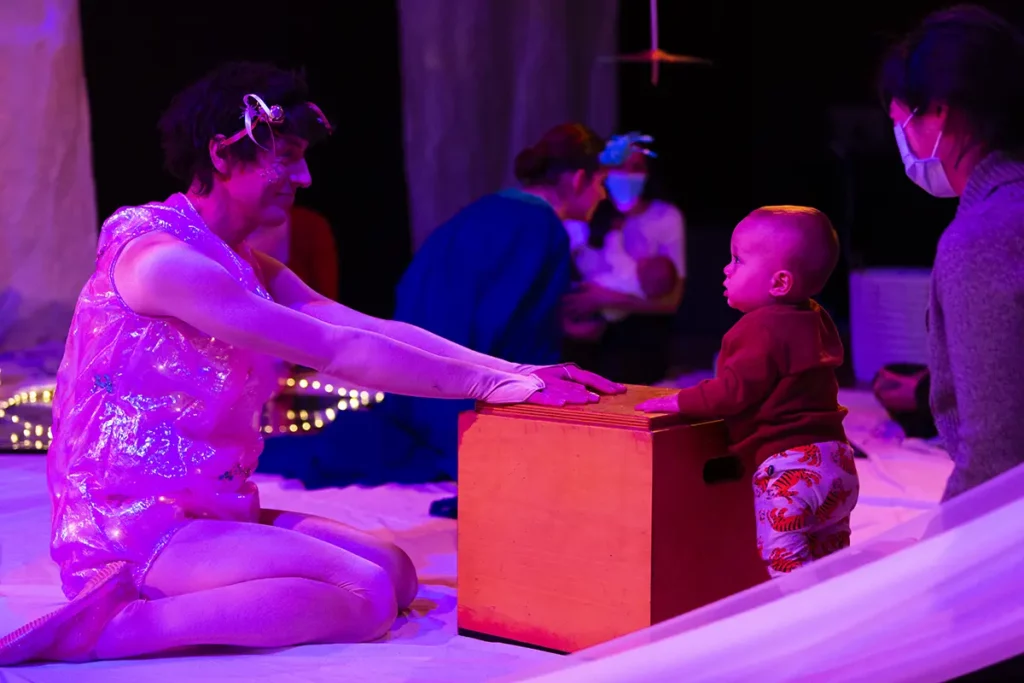
Blended methodologies from the practices and philosophies that underpin Youth Arts, inclusive arts, cultural safety and care.
These intertwined and entangled creative methods include creative approaches to story-sharing, non-verbal, visual and kinaesthetic approaches to developing creative material for performance and play-based enquiries, as well as other generative tasks as part of the creative process.
Acknowledging and Addressing power imbalances
This includes strategies for working to build social capital and trust at the outset of a process, and creating brave, safe and inclusive spaces for rehearsal and performance. It involves intentional strategies for working with cultural safety at the forefront of practice and strategies for disrupting the way that knowledge flows from child to adult to create reciprocal pathways amongst all collaborators. It includes building embodied understanding of cultural safety and trauma-literacy and importantly, commitments from adult collaborators to cede power where possible and resist the expert/amateur dichotomy inherent in adult-child social relations.
Child-led, child-centric contexts and dramaturgies
Adult collaborators must be committed to practices that comprehend children’s rights and respect and take seriously the information children impart. Further, child-led dramaturgies may be in opposition to the adult-constructed values and views of what constitutes critically successful performance. These new forms must be embraced as part of a rights-based approach. The creative strategies must focus on children’s strengths and capacities rather than their perceived deficits or vulnerabilities, and, in doing so, provide a platform for the (sometimes disruptive) insertion of children’s ideas, opinions, views and visions into a range of contexts.
Combined, these frameworks of practice create a very specific creative model that I am referring to as a rights-based approach to performance-making. I take this terminology ‘rights-based approach’ directly from institutions, sectors and practitioners across industries who align their practices in working with children within human rights frameworks and specifically the UN Convention on the Rights of the Child. This is a practice that both negates and challenges dominant views of childhood and children as vulnerable and in need of protection and commits to removing the barriers (whatever they may be) to civic and cultural participation.
Dr Sarah Austin
Sarah is an award-winning artist and scholar who specialises in creating contemporary performance work with, for and by children and young people. Her practices involves working with children aged as young as 0-12 months, through to young and emerging artists developing their own autonomous creative practice. Sarah is currently a Lecturer in Theatre at the Victorian College of the Arts, University of Melbourne.
[1] https://theconversation.com/should-the-voting-age-in-australia-be-lowered-to-16-208095
[2] Roger Hart, Children’s Participation: From Tokenism to Citizenship, (Innocenti Essays: UNICEF 4, 1992), 5
